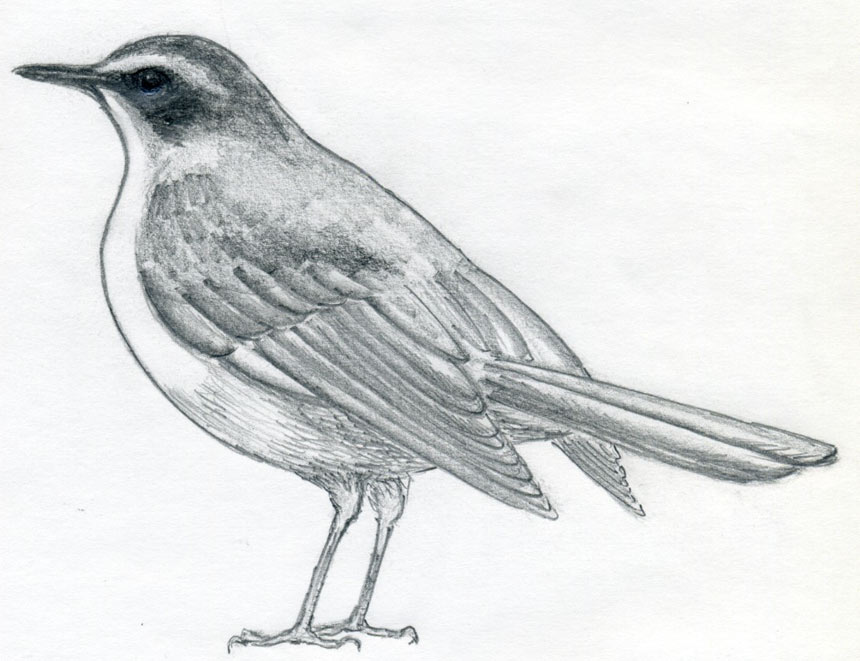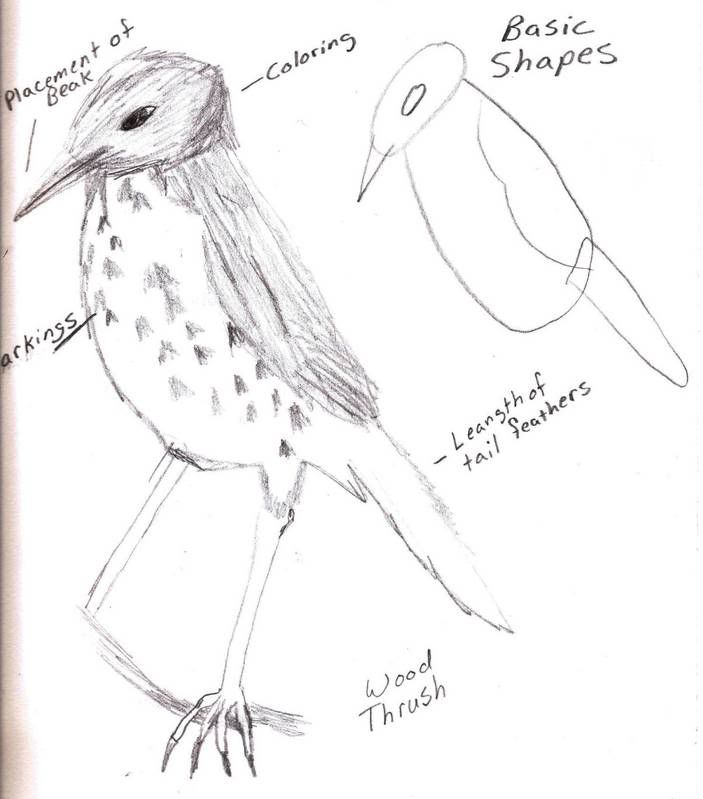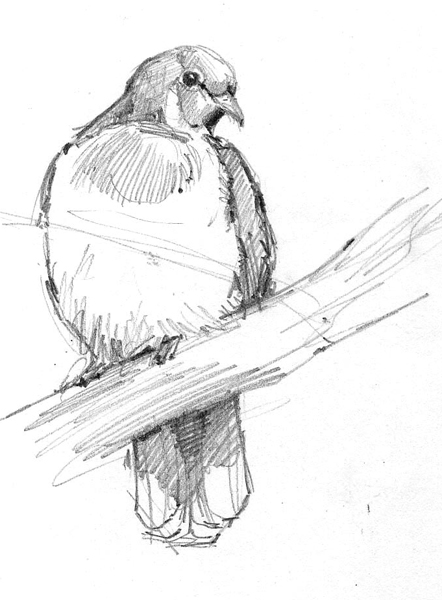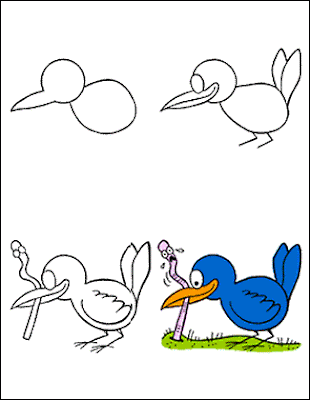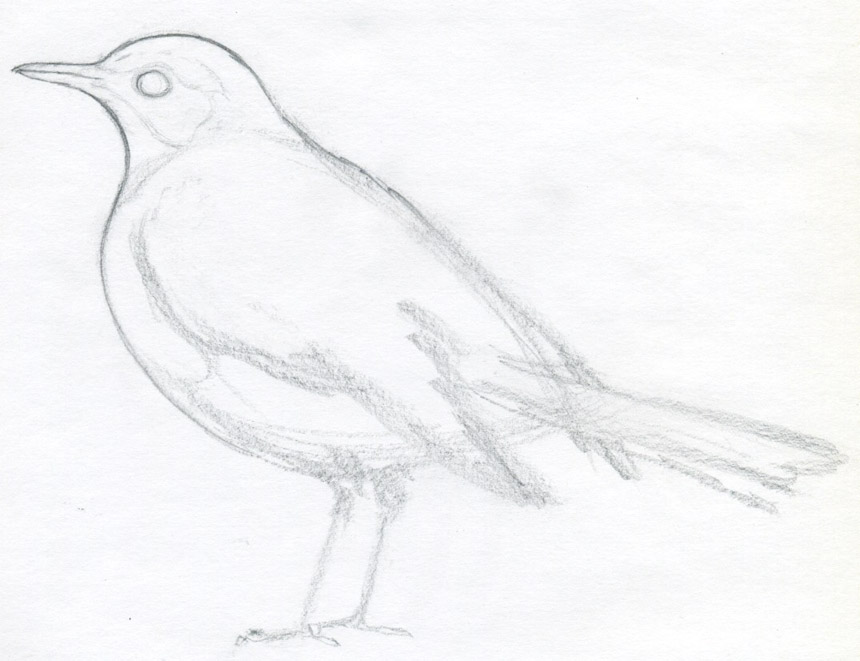About 25 years ago I was first introduced to the method of wet on wet oil painting on a television show hosted by William Alexander. He used a thin oil-based mixture of white and called it "white magic". It was basically a white pigment in linseed oil, the consistency of cream. It coated the canvas with a very thin layer of white magic before it starts. Bob Ross, Robert Warren, and many others that you see on TV were students of William Alexander. I made my own version of the dilution on my tube of titanium white with linseed oil. It works very well.
Tip from: Josie L.
White Magic / white liquid will alleviate all the colors you use, are very good for distance on a landscape. It gives you the aerial perspective automatically! Then, the work of leading with only a medium of linseed oil, to get color in your session following table.
Remember, white magic / White liquid products are simply a mixture of materials to make a stand. They allow oil paint to flow more easily, and are very good for sub-layers. They also slow drying (curing) time of oil paints, so be aware of that. If you start with one of these products, be sure to use a stand with the other layers so that they adhere well. I worked on a wet painted white with both linseed oil and stand.
Then they do a great job, and I often use them to get a sky really well done, you do not use them on the big picture. Even if you do, you can authorize the work to set and return to them later with other layers.
Tip
Susan Tschantz
I also make my own coat of clear base fluid to prepare a canvas for painting wet on wet. I mix a bit of linseed oil and half of half turpentine and then using a rag to wipe on a canvas. Just a little, do not drown the canvas.
Tip from: Don
If you are enjoying reading this blog,Share it on Facebook, Twitter, Buzz or Reddit.

